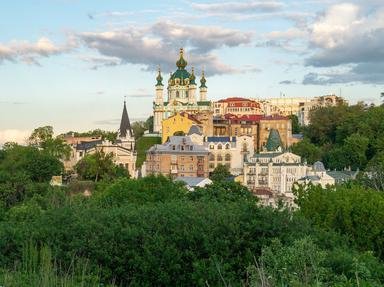Quiz Answer Key and Fun Facts
1. First mention of the term "Ukraine" in a written source
2. Danylo of Halych is crowned by a Papal representative
3. Polish annexation of Halych-Volhynia
4. Battle of the Blue Waters leads to Lithuanian advance in Ukraine
5. Petro Mukha leads peasant uprising in Halych against the Poles
6. Rurikid scion Konstantyn Ostrozky defeats the Muscovites at Orsha
7. Dmytro Vyshnevetsky erects the Sich fortifications in Khortytsia Island
8. Hetman Bohdan Khmelnytsky begins his uprising against Poland
9. Death of Hetman Ivan Mazepa, the Sich gets razed
10. Liquidation of the Hetmanate, Russia controls most of Ukraine
Source: Author
DeepHistory
This quiz was reviewed by FunTrivia editor
trident before going online.
Any errors found in FunTrivia content are routinely corrected through our feedback system.
